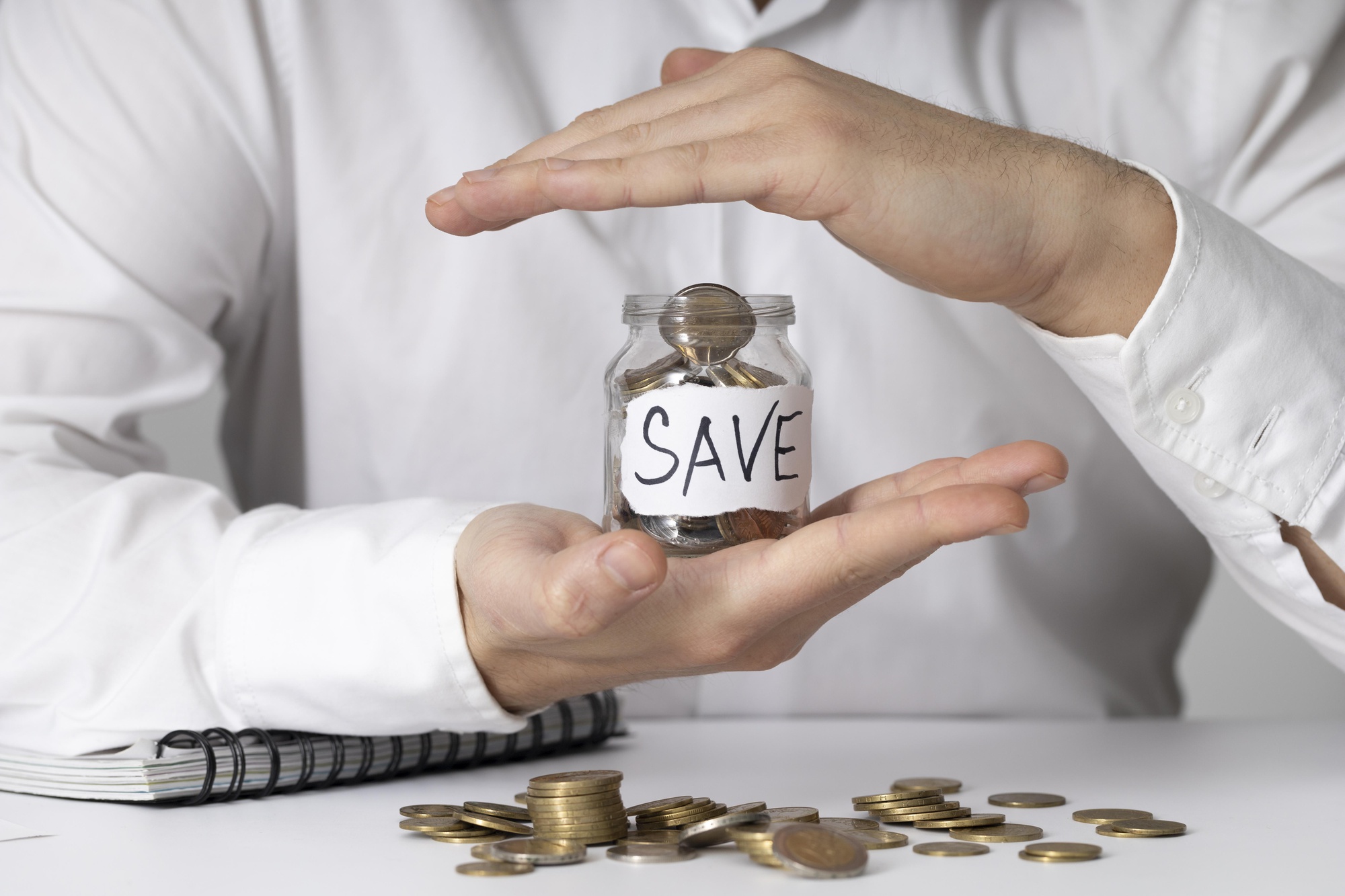How to Build an Emergency Fund and Achieve Financial Security
Financial security is a crucial aspect of a stress-free life, and one of the best ways to achieve it is by building an emergency fund. Life is unpredictable, and unexpected expenses—such as medical emergencies, car repairs, or job loss—can arise at any time. Without an emergency fund, you may have to rely on credit cards or loans, which can lead to financial strain. A well-planned emergency fund provides peace of mind, financial stability, and the ability to handle crises without derailing your long-term financial goals.
Determine Your Emergency Fund Goal
The first step in building an emergency fund is to set a clear goal. Financial experts typically recommend saving three to six months' worth of living expenses. However, the ideal amount depends on your personal circumstances, such as job stability, monthly expenses, and financial obligations. If you have dependents or a single source of income, consider aiming for a larger cushion.
Start Small and Stay Consistent
Building an emergency fund doesn’t have to be overwhelming. Start small by setting aside a portion of your income each month. Even saving as little as $20 or $50 per paycheck can add up over time. Automating your savings by setting up a direct transfer to a dedicated emergency fund account ensures consistency and prevents the temptation to spend the money elsewhere.
Cut Unnecessary Expenses
If you find it difficult to save, analyze your budget and identify areas where you can cut back. Reducing dining out, canceling unused subscriptions, and limiting impulse purchases can free up extra cash for your emergency fund. Redirecting these savings towards your fund can accelerate its growth without significantly affecting your lifestyle.
Use a High-Yield Savings Account
Where you store your emergency fund matters. A high-yield savings account is an excellent option because it offers better interest rates than a regular savings account, helping your money grow over time. It’s also important to keep the fund easily accessible for emergencies while ensuring it’s separate from your everyday spending account.
Increase Your Income
If cutting expenses isn’t enough, consider finding ways to increase your income. Taking on freelance work, a part-time job, or selling unwanted items can provide extra money to contribute to your emergency fund. Even small additional earnings can help you reach your savings goal faster.
Avoid Using the Fund for Non-Emergencies
An emergency fund should be used strictly for genuine emergencies. Temptations to dip into the fund for vacations, shopping, or non-essential expenses should be resisted. To ensure you use the money wisely, establish clear guidelines for what qualifies as an emergency, such as unexpected medical bills, urgent home repairs, or job loss.
Replenish After Use
If you ever need to use your emergency fund, prioritize replenishing it as soon as possible. Resume contributions immediately to restore financial security. This ensures that you’re always prepared for future unexpected expenses.
Final Thoughts
Building an emergency fund is a vital step toward financial security and peace of mind. By setting clear savings goals, cutting unnecessary expenses, increasing income, and consistently contributing to a dedicated account, you can create a safety net that protects you from financial hardships. The key is to start today, no matter how small, and remain committed to growing your fund over time.
.png)






Leave a Comment
Your email address will not be published. Required fields are marked *